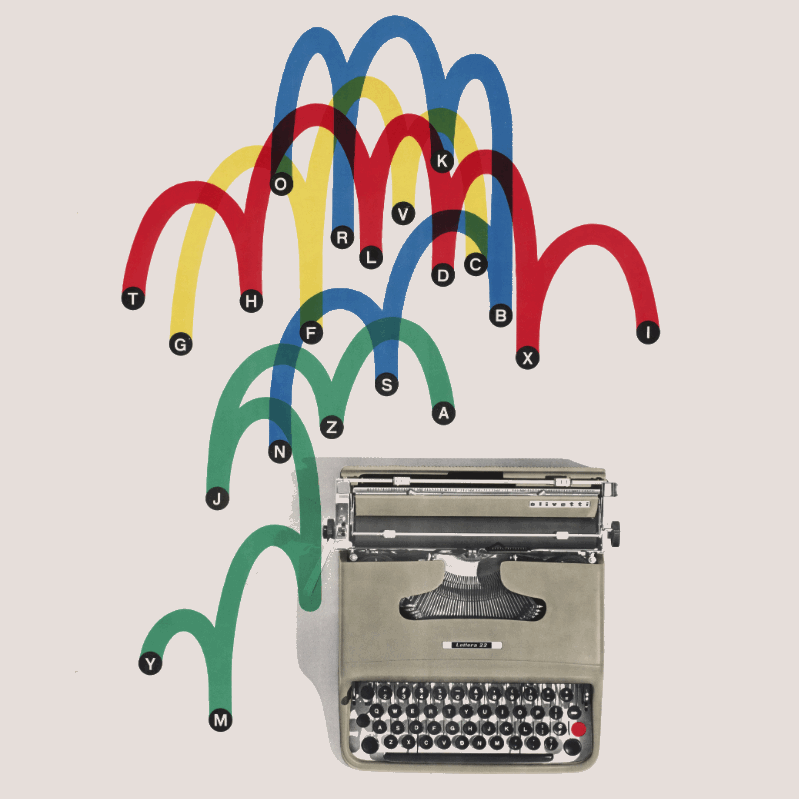Writing Report August 6, 2020
Besides writing and researching (and coming up with new excuses not to write), a writer spends much of their time noodling.
Noodling is, by necessity, an imprecise term. Distantly akin to plotting, it sometimes involves words, it sometimes involves graphs, it sometimes involves lines on paper or chalkboard.
What it does is help the writer figure out if there are any serious plot holes in an idea before setting down to commit pen to paper (or pixels to file).
“If Lady Agatha knows the diamonds are fake, why would she object to Colonel Beerbloom eating a ham sandwich?” is the type of thing one jots down while noodling.
One doesn’t have to go into all the whys and wherefores, just have enough of an idea that the story won’t be derailed once one reaches that point.
Not all stories require noodling. A lot of my fictoids compose themselves as they go along, but then they’re not pretending to be perfect examples of ironclad plotting.
Noodling is helpful when working in a genre that requires some degree of intricacy: A mystery story, or historical fiction, or certain types of fantasy / sci-fi tales.
Noodling doesn’t have to cover the entire plot, just the portions where the gears have to mesh.
Today I was noodling out an intricate plot point for a story I’m going to write, first drawing all sorts of elegant loops and diagrams to show how it would work, then translating those loops and whorls into numbered plot beats, then typing up said plot beats and reviewing them to make sure they all flowed together.
They sure did.
And they did even better when a more famous writer than I used the exact same beats in one of the most famous stories in the genre.
…oy…
Ah, well, at least it’s a starting point:
Now all I have to do is the obverse of that.
© Buzz Dixon


![Living With A Chronic Illness [FICTOID]](https://images.squarespace-cdn.com/content/v1/590697e7d1758ec4d7669624/1580545071032-65S0FSKP9JRLG3X3EYMY/FT+032+Living+With+A+Chronic+Illness+-+Vaughn+Bode+SQR.jpg)
![A Woman’s First Day In A Convent [FICTOID]](https://images.squarespace-cdn.com/content/v1/590697e7d1758ec4d7669624/1580016878202-3J0B293TMKD47XHV4ATX/FT+031+A+Womans+First+Day+In+A+Convent+-+Rene+Gruau+SQR.jpg)